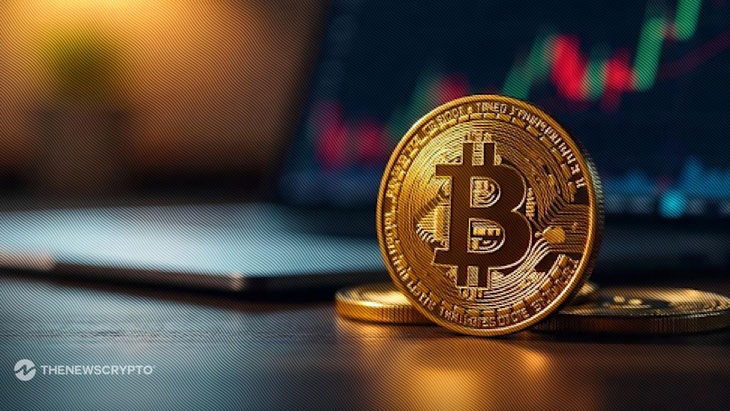- Falcon USD is created by locking up digital assets, including volatile cryptocurrencies.
- The onchain liquidity for USDf has decreased, according to blockchain data explorer Parsec’s post on X.
Concerns over liquidity and collateral quality caused the synthetic overcollateralized stablecoin Falcon USD (USDf) created by the decentralized finance (DeFi) protocol Falcon Finance to fall below its intended $1 peg on Tuesday.
According to CMC, the value of one Falcon USD (USDf) token dropped as low as $0.9783 early Tuesday. Some industry watchers questioned the token’s support and governance after the decline, which prompted further examination from the DeFi community. However, the stablecoin has recovered and at the time of writing, USDf is trading at $0.9923.
Falcon USD is created by locking up digital assets, including volatile cryptocurrencies. Rather than US dollar deposits in bank accounts, unlike fiat-backed stablecoins like USDC or USDT. The onchain liquidity for USDf has decreased, according to blockchain data explorer Parsec’s post on X. Adding fuel to the fire is the fact that the blockchain data reveals a sharp drop in liquidity.
Overcollateralized Claim
A long X post was written by Andrei Grachev, managing partner of both the stablecoin issuer and Falcon Finance backer DWF Labs, in response to the claims. According to him, around 89% (or $565 million) of the collateral consists of stablecoins and Bitcoin. While just about 11% (or $67.5 million) consists of altcoins.
Grachev continued by saying that USDf is 116% overcollateralized. Every USDf that is created must be accompanied with a stable coin or hedged position that stands in for dollar value and is free from directional risk, as per Grachev’s statement, and Falcon Finance only uses market-neutral ways to generate income, without engaging in directional trading.
Traders naturally sustain USDf’s peg, he said. Traders may mint and sell stablecoins when their prices go above $1, and purchase and redeem them when their prices go below $1.
Highlighted Crypto News Today:
ETH Watch: Will Whale Wake-Ups and Government Transfers Heat Up the Ethereum Charts?








